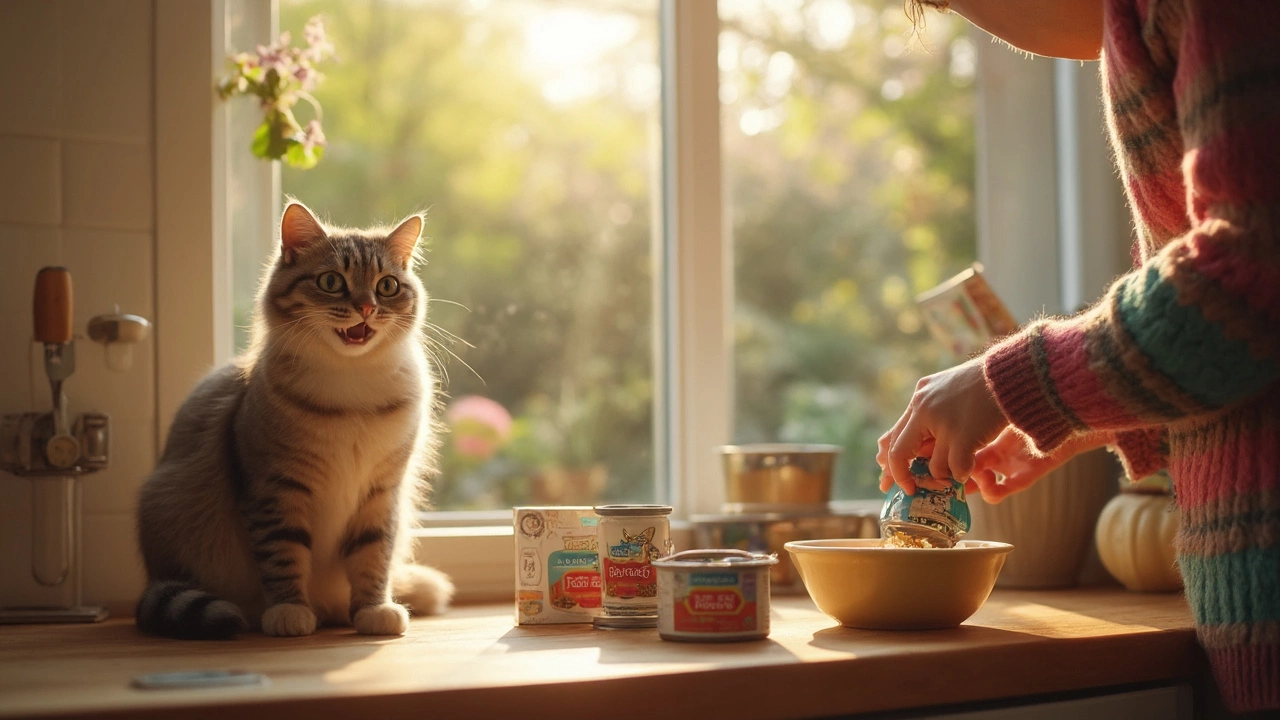Feeding Guide: Simple Tips to Keep Your Dog and Cat Healthy
Getting the right food, at the right time, for the right amount can feel confusing. Most owners just want a happy pet that digests well and stays energetic. Below you’ll find clear steps you can apply today, whether you’re feeding a kitten, an adult dog, or a senior cat.
When to Feed – Timing Made Easy
Dogs usually do best with two meals a day. A morning bowl and an evening bowl keep blood sugar stable and stop late‑night begging. If your dog is a puppy, three to four smaller meals spread out work better because their stomachs are tiny.
Cats are natural grazers. Many healthy cats thrive on free‑feeding dry kibble, but if you prefer set meals, aim for two to three portions. Feeding at consistent times helps with litter box habits and makes it easier to spot any sudden changes in appetite.
How Much to Serve – Portion Control Basics
Start with the feeding guidelines on the bag – they’re based on average weight and activity. Then adjust. If your pet stays lean and active, you’re probably spot on. If they’re gaining a pound a week, shave a bit off the next day. For dogs, a quick palm‑sized check of their ribs can tell you if you’re over‑ or under‑ feeding.
For cats, a good rule is to fill a small hand‑sized cup for each meal. Over‑feeding dry food can lead to weight gain, while too much wet food may cause watery stools. Mixing a little wet with dry gives the best of both worlds.
Don’t forget treats. They’re fun, but they add calories. Keep them to 10% of the daily intake or less.
Now, what about the type of food? Look for real protein as the first ingredient, whether it’s chicken, salmon, or lamb. Avoid foods heavy on fillers like corn or wheat – they offer little nutrition and can cause digestive upset for some pets.
If you’re curious about raw or homemade diets, make sure you add the right supplements. Dogs need calcium for strong bones, and cats need taurine, an essential amino acid they can’t make themselves. Skipping these can lead to serious health issues.
When switching foods, do it gradually over a week. Mix a small amount of the new food with the old, then increase the ratio each day. This eases digestion and stops sudden stomach upset.
Finally, keep fresh water available at all times. Hydration is key, especially if you feed mostly dry kibble. A water bowl that’s cleaned daily encourages your pet to drink more.
By setting consistent meal times, watching portion sizes, and choosing quality ingredients, you’ll see better energy, shinier coats, and fewer vet visits. The next time you scoop out a bowl, you’ll know exactly why you’re doing it – for a healthier, happier companion.
Posted By Bryndle Redding On 22 Jun 2025 Comments (0)
How Many Cans of Fancy Feast for a 10 Pound Cat?
Wondering how much Fancy Feast your 10 pound cat should eat? This guide explains how many cans your kitty needs per day, what affects their appetite, and how to create the best feeding routine. Learn about the calories in each Fancy Feast can, tips for portioning meals, and ways to spot if your cat is eating too much or too little. Balanced food keeps your cat happy and healthy every day.
READ MORE